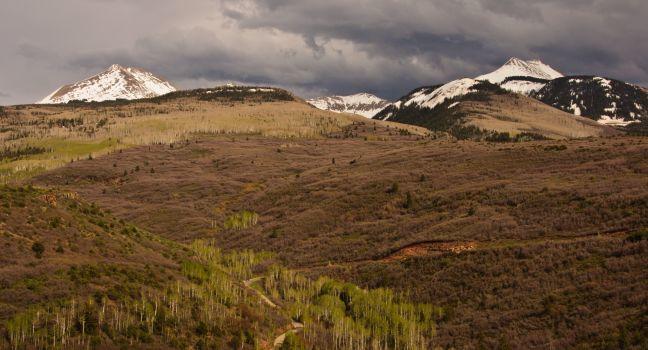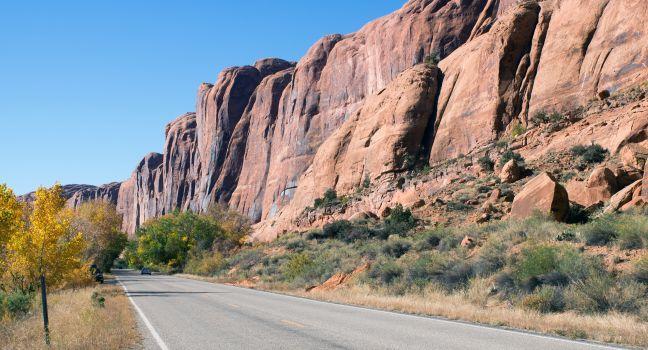Valley of the Gods
A red fairyland of slender spires and buttes, the Valley of the Gods is a smaller version of Monument Valley. Approximately 15 miles west of Bluff, you can take a pretty drive through this relatively unvisited area on 17-mile-long Valley of the Gods Road, which begins on U.S. 163 and ends on Highway 261. The road is unpaved but should be drivable as long as it's dry.





